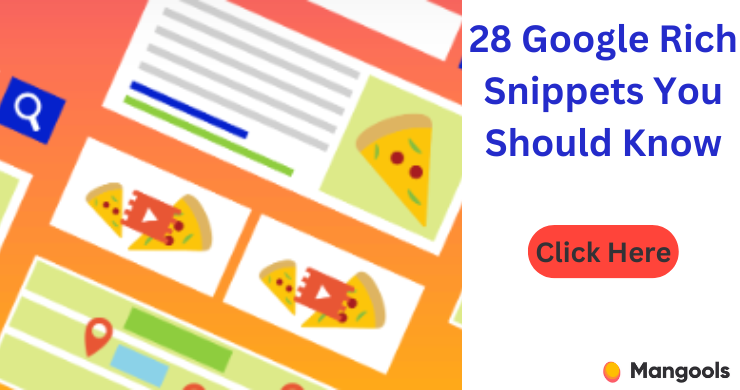By the end of 2012, it is expected that half of all online advertising spend in the UK will be allocated to pay-per-click (PPC) and pay-per-impression (PPM) advertising. These types of ads are displayed on various platforms such as search engines and social networks, reaching a wide audience on a daily basis. As the number of Internet users accessing content through smartphones and tablets continues to rise, the competition for these ads is growing rapidly. Unfortunately, many brands are not familiar with the distinctions between PPC and PPM ads, which can potentially lead to exceeding their marketing budget and missing out on potential sales. Therefore, to help optimize your advertising campaign, it is important to understand when to utilize each type of ad.
What is PPC?
PPC, which stands for pay-per-click, is a form of online advertising where the advertiser is charged a fee whenever someone clicks on their ads. The purpose of PPC is to generate specific visits to your website, landing page, or app. When PPC is functioning properly, the fee paid is insignificant in comparison to the value gained from each click. For instance, if you spend $3 on a click that leads to a $300 sale, then you have achieved a substantial profit.
PPC ads vary in their forms, ranging from text, images, videos, or a mix of these. Moreover, they can manifest on various channels such as search engines, websites, social media platforms, and beyond.
Search engine advertising, also referred to as paid search or search engine marketing, is highly popular as a form of PPC. It enables advertisers to compete for ad placement in a search engine’s sponsored links whenever an individual conducts a search relevant to their business offering.
How does PPC advertising work?
The process of PPC advertising is generally the same, although it may have variations depending on the platform.
- Choose your campaign type based on your objective.
- Refine your settings and targeting (audiences, devices, locations, schedule, etc.).
- Provide your budget and bidding strategy.
- Input your destination URL (landing page).
- Build your ad.
The placement and timing of your ad, as well as the cost per click, are determined algorithmically once the ad is published. These factors consider your budget, bid, campaign settings, and the quality and relevance of your ad.
Since all platforms that provide PPC advertising aim to ensure user satisfaction, they grant higher ad placement and reduced costs to advertisers who develop pertinent and reliable pay-per-click campaigns.
In order to maximize your profits from PPC, it is necessary for you to acquire the knowledge and skills required to execute it correctly.
Pay-Per-Impression (Pay-Per-Mille)
PPM advertisements follow a model where a set fee is charged for every 1,000 impressions an ad receives. As a result, regardless of whether the ad is clicked on or not, you will be charged when it appears 1,000 times. This form of advertising resembles traditional methods as it prioritizes the number of people who will view the ad rather than the number of individuals directed to your website.
Pay-per-impression ads, though generally cheaper compared to PPC ads, can ultimately result in a higher expenditure for a company due to the absence of any assurance of viewer engagement or desired action, leading to the same return on investment.
Pay-per-impression advertisements are ideal for companies aiming to boost brand recognition, without any additional goals beyond maximizing exposure to a wide audience. Typically, PPM campaigns involve less keyword research compared to pay-per-click, although some research is still necessary to ensure that the intended audience views the advertisement.
It is possible for a PPM campaign to be less expensive and just as successful as a PPC campaign. This typically happens after a PPC campaign has been running for a while, has been fully optimized, and is receiving a high click through rate. Therefore, it is advisable to determine the point at which it is advantageous to transition to pay-per-impression advertisements.
What is Google Ads?
The Google Ads platform is used by businesses worldwide to create advertisements that are displayed on Google’s search engine and other Google properties, making it the most popular PPC advertising system.
Every time someone starts a search, Google goes through the collection of advertisements and selects a group of winners to display on the search engine results page.
We will explain in the next section how the “winners” are selected, considering factors such as the quality and relevance of their keywords and ad campaigns, in addition to the size of their keyword bids.
How PPC works in Google Ads
Advertisers select a group of keywords to target and bid on each keyword when creating an ad. By bidding on the keyword “pet adoption,” you indicate to Google that you want your ad to be displayed for relevant searches related to pet adoption.
Google utilizes a series of formulas and an auction-style procedure to determine the ads that are eligible to be displayed for a specific search. Should your ad be entered into the auction, it will initially assign a Quality Score ranging from one to 10, assessing the ad’s relevance to the keyword, anticipated click-through rate, and landing page quality.
Your Ad Rank is determined by multiplying your Quality Score by your maximum bid, which is the highest amount you’re willing to pay for a click on your ad. The ads that have the highest Ad Rank scores are the ones that are displayed.
This system operates by enabling successful advertisers to target potential customers within a budget that suits them, essentially functioning as a form of auction.
Comparison
Let’s consider a scenario to illustrate the cost. If you have a monthly budget of £1,000 for online advertising, let’s compare the costs and outcomes of a pay-per-click campaign and a pay-per-impression campaign. For the pay-per-click option, spending £1 per click would ensure that 1,000 individuals visit your website. However, if you were to increase the cost per person, only 5,000 people would see your advertisement. On the other hand, a pay-per-impression strategy would allow a larger audience, such as 10,000 users, to view your ad for the same £1,000 budget. However, the drawback is that there is no assurance of how many people will actually click through to your website. Consequently, the number of people visiting your website could range from 500 to 5,000.
When deciding between pay-per-click and pay-per-impression advertising, it is important to consider your campaign objectives and budget constraints. After starting the campaign, regularly monitor its performance and continuously optimize it until the desired results are achieved.






